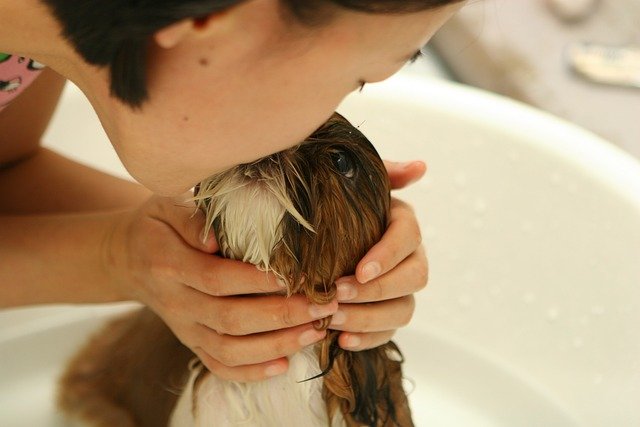What Pet Owners Should Know About Topical and Oral Control Methods
Understanding topical and oral control methods helps pet owners make informed choices about parasite prevention and ongoing petcare. This overview outlines how these approaches work, what to discuss with a veterinary professional, and practical steps for monitoring environment, bedding, and grooming to reduce infestation risk.

Pet owners often face decisions about managing parasites that affect dogs and cats. Topical and oral control methods are common tools; each has different mechanisms, application routines, and practical considerations for petcare and safety. Choosing an appropriate product depends on the animal’s health, lifestyle, potential exposure in the environment, and veterinary recommendations. This article explains how topical and oral options work, how grooming and hygiene tie into prevention, and how monitoring seasonality and bedding can reduce the chance of a persistent infestation.
This article is for informational purposes only and should not be considered medical advice. Please consult a qualified healthcare professional for personalized guidance and treatment.
How do topical treatments work for parasites?
Topical products are applied directly to the skin, usually between the shoulder blades or along the back, and they disperse across the coat and skin. Many topical formulas target surface-feeding parasites or those that come into contact with treated fur, providing a barrier that interrupts pestcontrol cycles. Topical applications can be affected by bathing, swimming, or heavy grooming, so owners should follow label instructions and veterinary guidance to maintain effectiveness. Topicals can be useful in households where environmental exposure is moderate and where oral administration is impractical.
How do oral treatments differ and when are they used?
Oral medications are ingested and act systemically, circulating in the bloodstream so parasites that bite the pet are exposed to the active ingredient. These products can offer rapid control and may cover different parasite stages than some topical options. Oral treatments are often favored when a pet will be bathed frequently, when topical residues pose concerns for household members, or when a veterinary exam indicates internal or blood-feeding parasites. As with any medication, dosing must match the pet’s weight and health status and be overseen by a veterinary professional.
What role does veterinary guidance play in petcare?
A veterinary assessment ensures that parasite control aligns with the pet’s overall health, age, and any concurrent medications. Vets can diagnose the species involved in an infestation, recommend appropriate topical or oral regimens, and advise on integrated strategies that include environmental management. Regular check-ups also allow monitoring for treatment efficacy and potential side effects. Relying on professional input reduces the risk of under- or over-treating and supports a safe, evidence-based approach to parasite prevention and petcare.
How can grooming, hygiene, and bedding help prevention?
Grooming and routine hygiene are essential complements to chemical control. Brushing and bathing (with vet-recommended products) can remove parasite stages and reduce flea or tick load, while laundering bedding and vacuuming furniture and carpets helps interrupt life cycles in the environment. Bedding cleaned in hot water and dried at high heat is less hospitable to eggs and larvae. For multi-pet homes, consistent grooming schedules and hygiene practices reduce cross-infestation and make monitoring more effective.
How do seasonality and environment affect infestation?
Seasonal patterns influence parasite activity in many regions: warmer, more humid months often coincide with higher flea and tick populations, while indoor environments with pets can sustain infestations year-round. Monitoring outdoor exposure, landscaping choices, and wildlife access to yards helps reduce environmental risk. Regular inspections of bedding, pet sleeping areas, and common resting spots inside the home can detect early signs of infestation. Combining monitoring with preventive measures tailored to local conditions supports long-term control.
What safety and pestcontrol considerations should owners know?
Safety includes selecting products labeled for the species and weight of the pet, following application instructions, and preventing accidental exposure to children or other animals. Some animals with specific medical conditions or on concurrent medications may be at increased risk for adverse effects, so veterinary oversight is important. Pestcontrol should be approached holistically: integrate topical or oral treatments with environmental measures, hygiene, and monitoring to reduce reliance on any single method and to maintain safety for household members and pets.
In conclusion, topical and oral control methods serve distinct but complementary roles in managing parasites. Effective parasite management incorporates veterinary guidance, appropriate product selection, regular grooming and hygiene, environmental measures such as bedding care, and ongoing monitoring for seasonality and signs of infestation. Thoughtful integration of these elements supports safer, more consistent outcomes for pets and their households.






